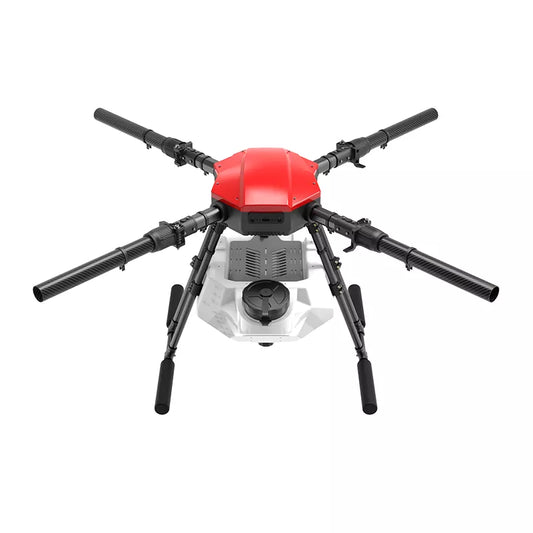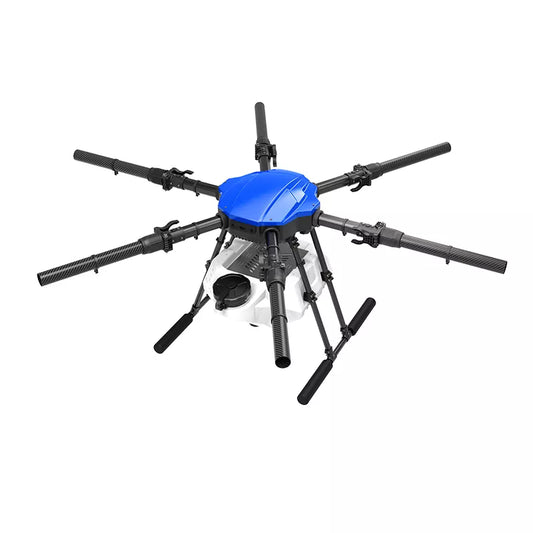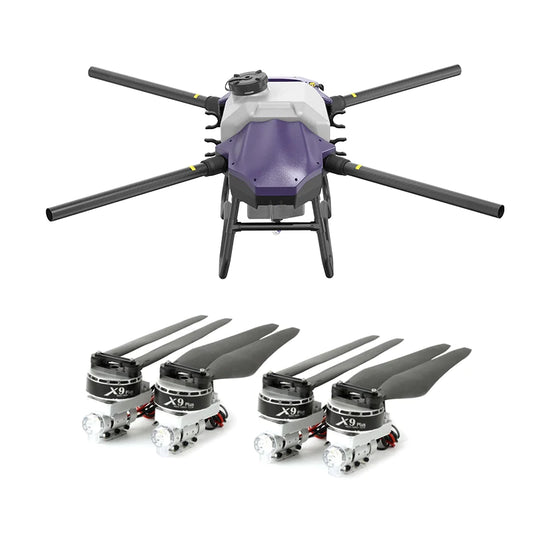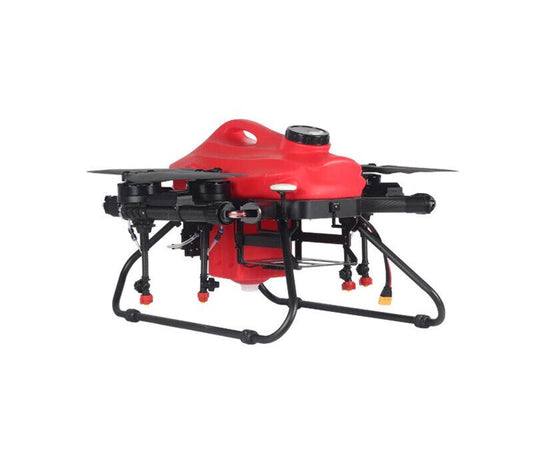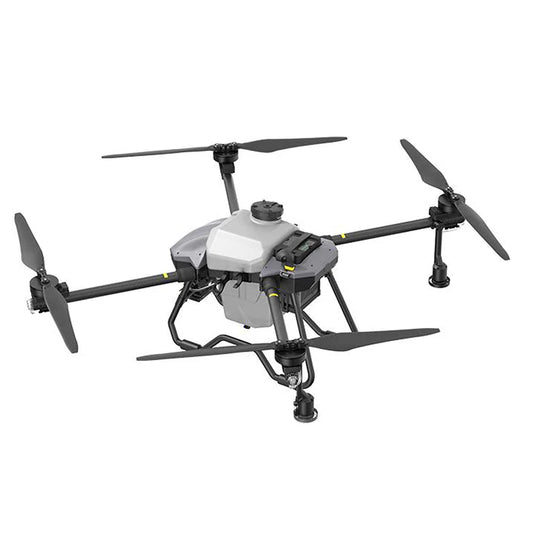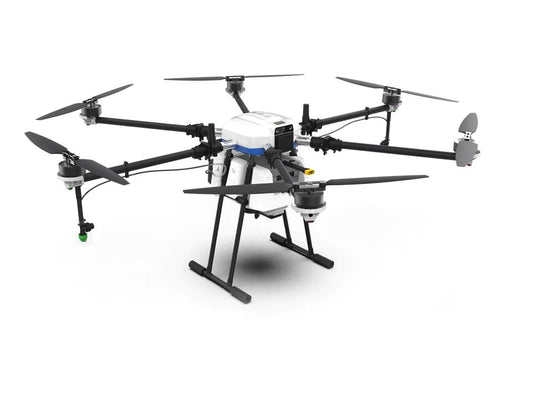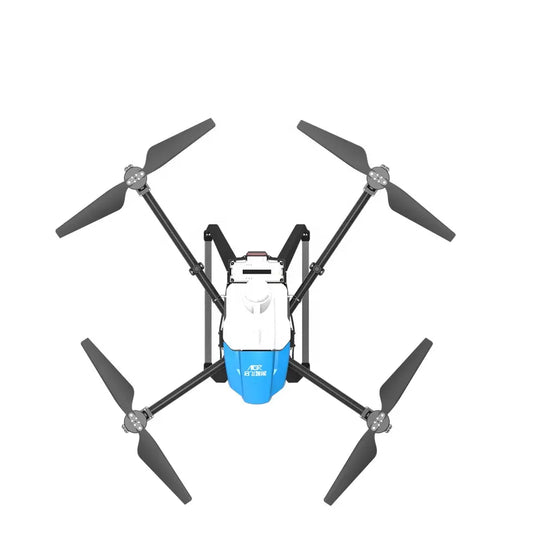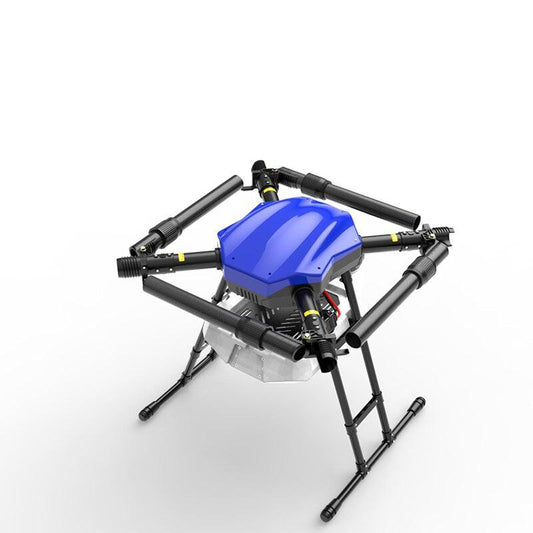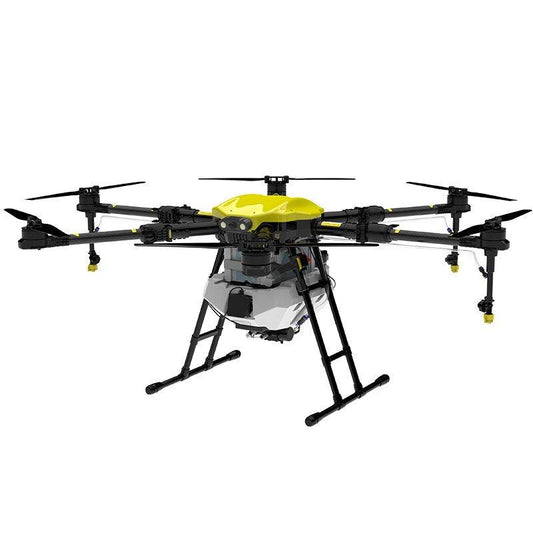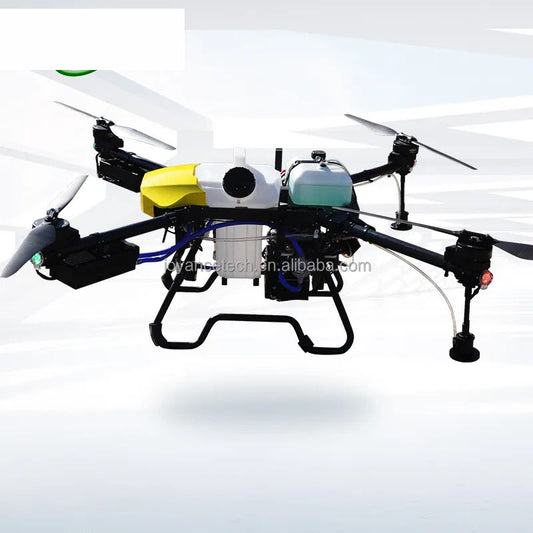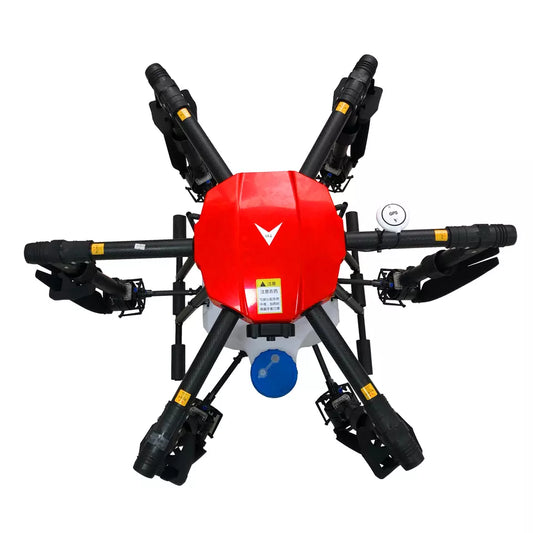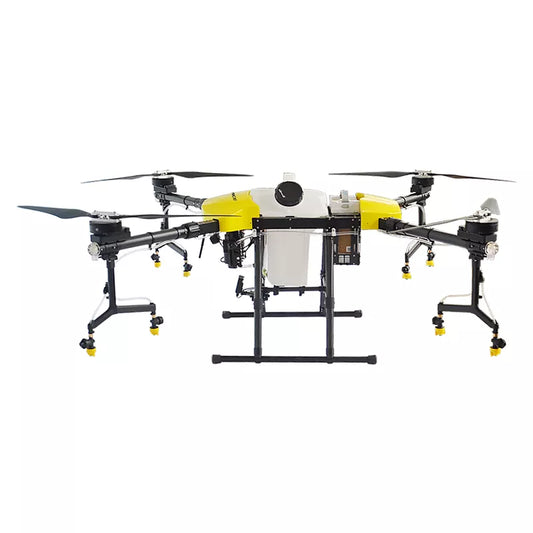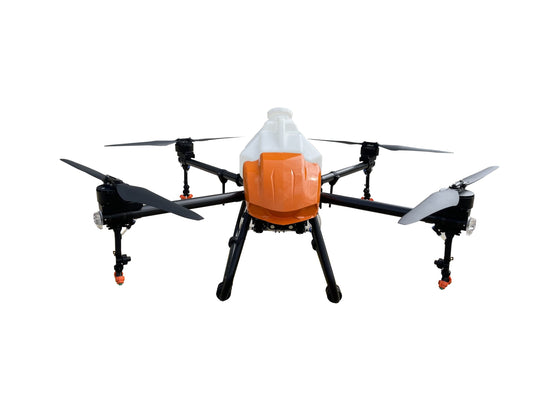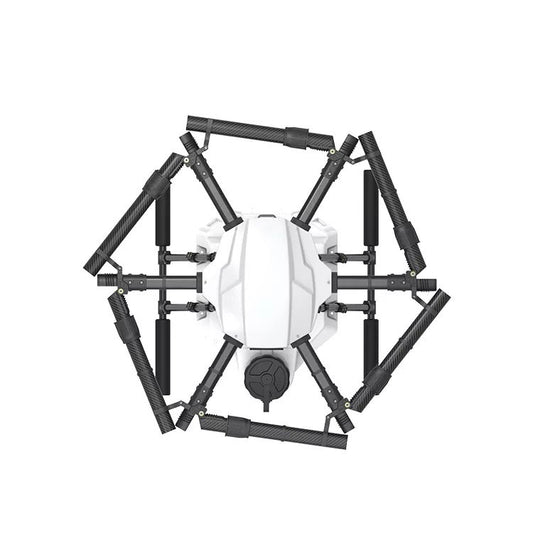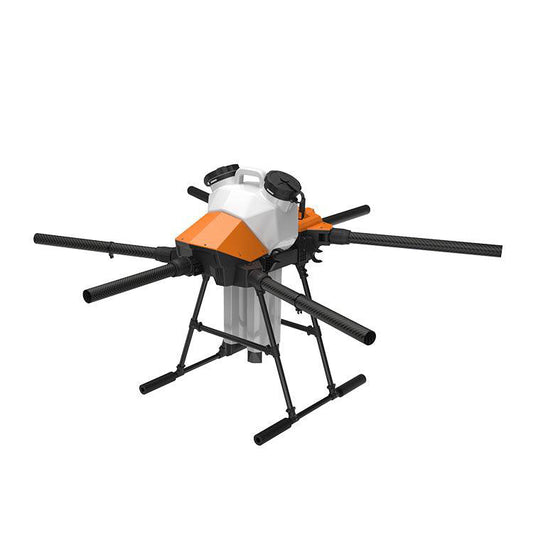-
EFT E416P 16L Agriculture Drone - 4 Axis Drone Frame 16L Water Tank 16kg Agriculture Sprayer Spreader Drone With Hobbywing X9 Motor, JIYI K3A PRO
Regular price From $849.00 USDRegular priceUnit price per -
EFT E616P 16L Agriculture Drone - 6 Axis Drone Frame 16L Water Tank Spreader System Sprayer With Hobbywing X8 power, JIYI K++ V2, Skydroid H12, Tattu 12S 22000mAh Battery
Regular price From $839.00 USDRegular priceUnit price per -
JIS NV16 16L Agriculture Drone - 4 Axis 16kg Agricultural Spraying Drone With Hobbywing X9 Motor, JIYI K++ V2 Flight Controller, 14S Battery
Regular price From $699.00 USDRegular priceUnit price per -
F16 16L Agriculture Drone - 4 Axis 16L Quick Release Tank Crop Spreader RTF Spraying Drone With ARRIS A40 propulsion system, Jiyi K++ FC, Fpv Camera, Radar , SKydroid H12 Radio
Regular price $3,899.00 USDRegular priceUnit price per -
Dreameagle X616 16L 16KG Agricultural Drone Frame Kit
Regular price From $803.82 USDRegular priceUnit price per -
H32X Agriculture Drone - 4 Axis 16L Sprayer / 25KG Spreader With X4 Motor H12 Remote Controller 14S 20000mAh Battery
Regular price From $4,126.00 USDRegular priceUnit price per -
TTA G200 16L Agriculture Drone - 6 Axis 4 Acre/10min RTK Positioning Seed Sprayer Spreader Agri Drone
Regular price From $13,500.00 USDRegular priceUnit price per -
AGR A16 16L Agriculture Drone - 16KG agriculture diy sprayer drone UAV frame
Regular price $7,000.00 USDRegular priceUnit price per -
JIS EV416 16L Agriculture drone - Spraying pesticides Frame parts motor with propeller agriculture spray pump misting nozzle
Regular price From $1,002.84 USDRegular priceUnit price per -
JIS EV616 16L Agriculture drone - Spraying pesticides Frame parts motor with propeller agriculture spray pump misting nozzle
Regular price From $944.79 USDRegular priceUnit price per -
Joyance JT16L-404QBH 16L Spraying Agriculture Drone - Professional long fly time hybrid sprayer drone farm Joyance Fumigation Services Agriculture Drone
Regular price $8,900.00 USDRegular priceUnit price per -
TYI 3W TYI6-16C 16L Agriculture Drone - 16L Farm Drone Sprayer Agriculture Agriculture Sprayer Fumigation spraying UAV aircraft Multi-rotor farm agriculture drone
Regular price $4,500.00 USDRegular priceUnit price per -
JOYANCE JT16L-404QC 16L Agriculture Drone - factory Outlet 16 30L carbon fiber drone 4 aixs profesional fumigation drone for spraying
Regular price $4,900.00 USDRegular priceUnit price per -
JTI M32S 16L Agriculture Drone - Carbon Fiber Frame 4 Axis Heavy Load 16kg Professional Agriculture Spray Drone UAV Flying UAV Drone Crop Sprayer
Regular price $4,500.00 USDRegular priceUnit price per -
EFT E616P 16L Agriculture Drone - 6 Axis Crop Agriculture Drone frame 16L Water Tank Full Load 35KG 21 minutes Sprayer Spreader Drone Compatible with Hobbywing X8 Motor
Regular price $839.00 USDRegular priceUnit price per -
EFT G616 16L Agriculture Drone - 6 Axis 16kg 16L farming spraying system spreader sprayer drone compact with Hobbywing X8 JIYI K3A Pro FC, Skydroid T12
Regular price From $1,299.00 USDRegular priceUnit price per
